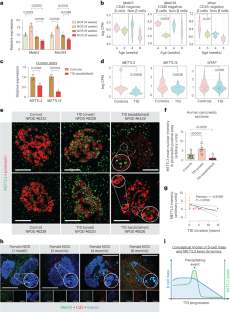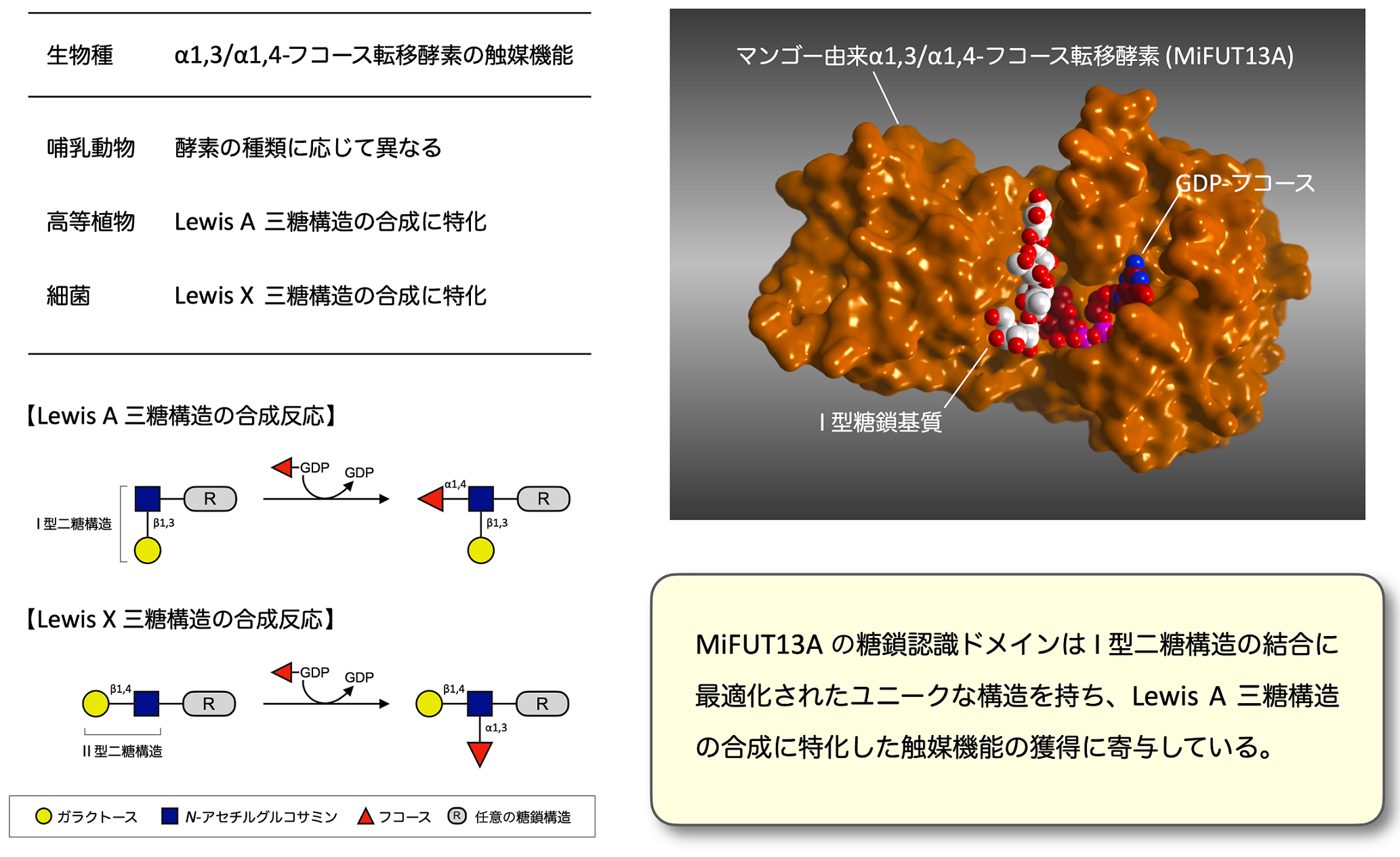2024-03-01 ブラウン大学
<関連情報>
- https://www.brown.edu/news/2024-03-01/firearms-lead
- https://www.jpeds.com/article/S0022-3476(24)00078-7/abstract
米国における銃器関連の鉛曝露と子どもの鉛レベル、2012年~2018年 Firearm-related Lead Exposure and Child Lead Levels in the United States, 2012-2018
Christian Hoover, M.P.H. Alan Fossa, Ph.D.Megan L. Ranney, M.D., M.P.H. … Aaron J. Specht, Ph.D.David Hemenway, Ph.D.Joseph M. Braun, Ph.D.
Journal of Pediatrics Published:February 22, 2024
DOI:https://doi.org/10.1016/j.jpeds.2024.113975
Abstract
Objective
To determine if firearm ownership is positively related to elevated child lead levels at a state-level, even when accounting for other sources of lead.
Study design
For this cross-sectional ecological study, we investigated whether household firearm ownership rates (a proxy for firearm-related lead exposure) was associated with the prevalence of elevated child blood lead levels in 44 US States between 2012 and 2018. To account for potential confounding, we adjusted for other known lead exposures, poverty rate, population density, race, and calendar year. To address missing data, we used multiple imputation by chained equations.
Results
Prevalence of elevated child blood lead positively correlated with household firearm ownership and established predictors of lead exposure. In fully adjusted negative binomial regression models, child blood lead was positively associated with household firearm ownership and older housing; each interquartile range (14%) increase in household firearm ownership rate was associated with a 41% higher prevalence of childhood elevated blood lead (prevalence ratio: 1.41, 95% CI: 1.11-1.79).
Conclusion
These data provide state-level evidence that firearms may be an important source of child lead exposure. More research is needed to substantiate this relationship and identify modifiable pathways of exposure at the individual level.



